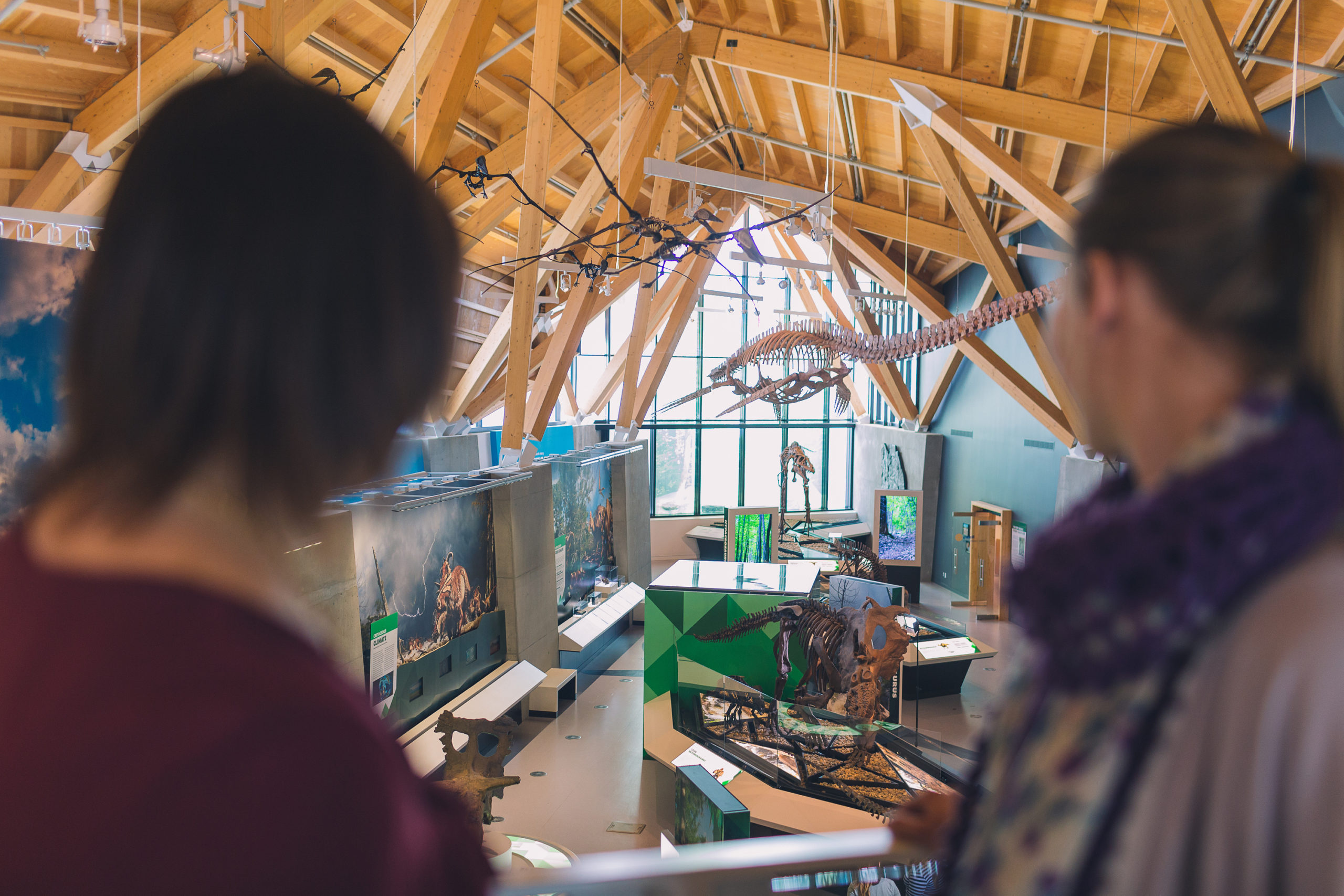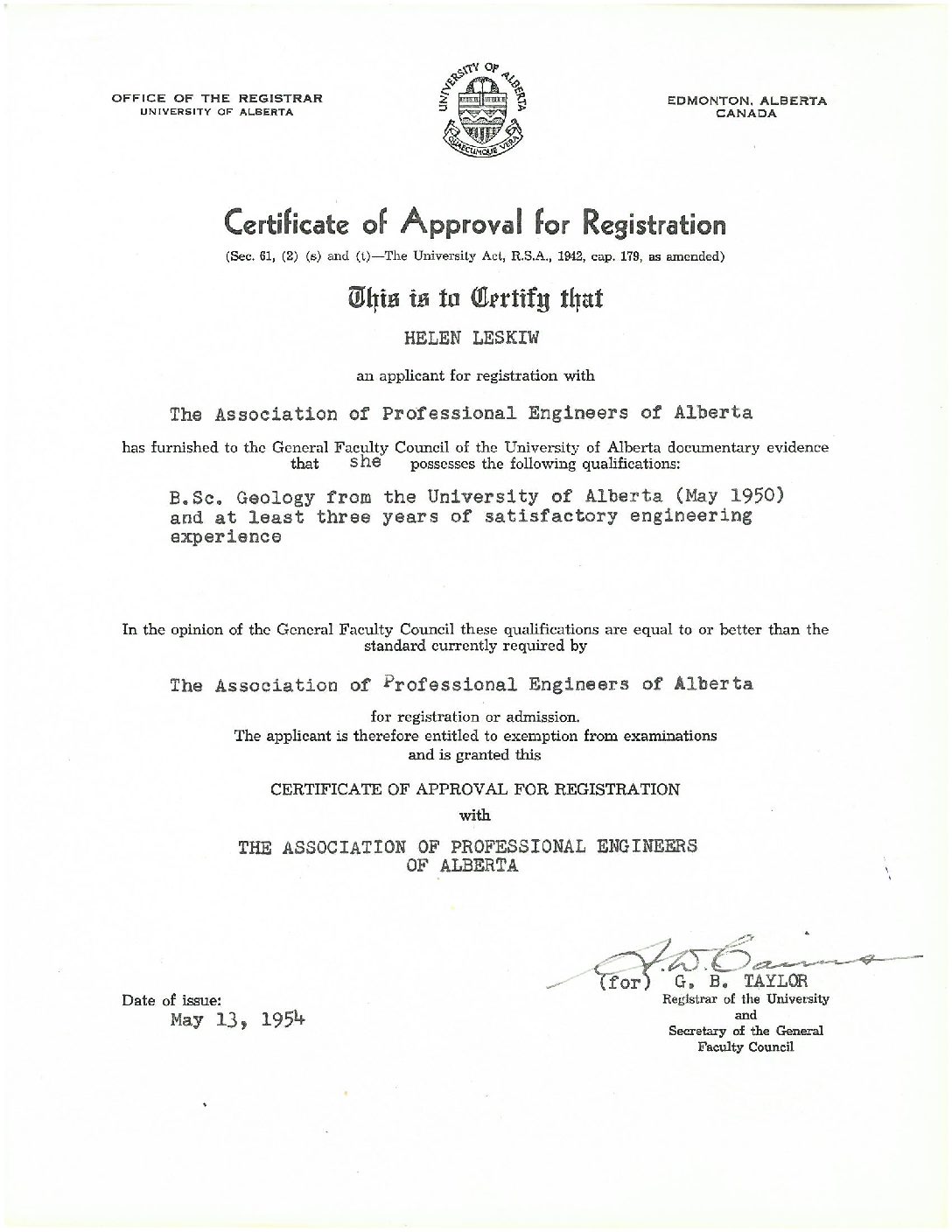APEGA photo
From Bombing to Building Bridges: An Engineer’s Journey
On May 8, 1944, a blast of anti-aircraft gunfire exploded into the night. Deep in enemy territory, a Canadian airman, who had yet to reach his 21st birthday, bailed from his crippled aircraft and parachuted into the darkness.
Losing his flight boots—but not his life—in the descent, Norman Reid crept through a Serbian pasture in his stockinged feet, looking for somewhere to bury his harness and silk parachute.
At dawn, he surrendered to a patrol of four armed men who weren’t wearing German uniforms. His fate lay in the hands of the strangers, whom he recognized as Chetniks—members of a Serbian guerilla force not considered a trustworthy ally.
As luck would have it, the Chetniks decided he posed no threat. They helped him retrieve his parachute —he donated it to a Serbian bride, who used the silk for her gown—and escorted him to their general.
Their journey was not an easy one. At times, Reid had to hide beneath the straw in an ox cart, and there was a near miss when a sympathetic restaurant owner warned them of arriving German soldiers.
Friends in unlikely places
The Chetniks would prove to be reliable indeed. Across the country, they protected the Allied airmen they found—hundreds of them, by the end of the war. They spent months alerting Allied operators, but their messages, deemed suspicious, were ignored.
Reid would spend more than three months with them, waiting to be rescued.
Finally, as part of a top-secret mission, four transport planes—accompanied by Mustang fighters—were sent to bring the stranded men home.
In preparation for the rescue, Serbian peasants removed tree stumps and flattened the earth to build a tiny landing strip just outside the village of Pranjani. It was barely long enough—the first transport plane clipped the tops of the trees on takeoff—but it worked.
Ninety-eight days after tiptoeing through the pasture, Reid was back on familiar ground.
After the war
After the war, Reid earned his bachelor’s degree in civil engineering at the University of Alberta in 1949, and then his master’s in structural engineering two years later.
After years spent bombing bridges, he transitioned to building them, instead, as one of Alberta’s most prominent professional engineers.
Designing bridges for the Alberta Department of Highways before moving to Calgary, Reid was the founding president of Reid Crowther & Partners in 1965. Under his leadership, the engineering firm established offices across Canada and became one of the largest engineering companies in the country.
In 1962, while APEGA was still named the Association of Professional Engineers of Alberta (APEA)—he was elected as a member of its Council. He served as vice-president in 1966 and president in 1967 before being awarded Honorary Life Membership with APEGA in 1968.
In 1966, Reid took to the sky once again. Having previously purchased a vintage Tiger Moth biplane, he and a fellow veteran flew it low and slow from Ontario to British Columbia. Their journey lasted 12 days, owing to the plane’s inability to stay aloft for more than two hours at a time.
This time, the only enemy was the weather.
Reid passed away in 2018.
Eager to return to his roots, Norman Reid, P.Eng., purchased a vintage Tiger Moth biplane—he flew it across Canada in 1996. He donated it to the Alberta Aviation Museum before his passing in 2018.

Photo courtesy of Lech Lebiedowski
Hear Norman Reid, P.Eng., share his personal experience of World War II, including being shot down and meeting rebel General Draža Mihailović.
Courtesy of The Memory Project, Historica Canada



